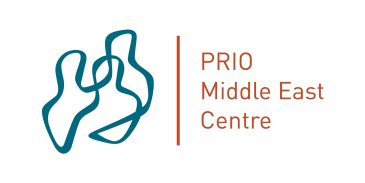 In a series of brief blog posts, researchers of the PRIO Middle East Centre offer their reflections on the unfolding Israeli-Palestinian Conflict.
In a series of brief blog posts, researchers of the PRIO Middle East Centre offer their reflections on the unfolding Israeli-Palestinian Conflict.
The armed conflict unfolding over the last few days, opposing Israel to the Palestinians, represented some novelties when compared to previous outbreaks.
On the military front, which materialized mostly in a confrontation between Israel, on one side, and Hamas, on the other, the dynamics was one of continuity rather than change. The similarities with former eruptions of violence include a highly disproportionate number of casualties between the two sides (roughly one Israeli death to 20 Palestinians, this time), a significantly higher infrastructural damage in Gaza than in Israeli territory, and the use of the airspace – and not the sea or land – as domain of combat.
Yet, there were also several important traits to the fighting this time that deviate from the usual pattern, some also implying a significant escalation. I will highlight three aspects related to military technology – not because they are necessarily the most decisive to the outcome of the armed confrontation as such, but rather because they might be indicative of larger developments.
Iron Dome
The Israeli Iron Dome system, in place to intercept missiles and other devices launched into Israeli territory, has in the past exhibited an interception success rate of about 90%. Yet, this time a much bigger number of missiles reached Israeli territory, and a much wider area was subject to hits.
Why? There two main explanations. The first one is the fact that, in particular in the first days of the escalation, Hamas attempted to overwhelm the Iron Dome system with an intense barrage of missiles. This meant that, even at a normal success rate, the system was unable to cope with a vast number of missiles launched within very short intervals of time. The second has to do with the longer reach of the missiles, as explained in the next section.
Hamas rockets reaching Tel Aviv
The sight of Israelis rushing to shelters has been more common in the Southern areas of the territory, but less common in Tel Aviv. The fact that several missiles originating from Gaza reached Tel Aviv indicates that at least some of those missiles were bigger in size (even if not necessarily using different technology) and are now capable of reaching more distant areas. Some components of those missiles certainly have a foreign origin, but it is also becoming clear that Hamas has some local capacity to manufacture weapons that is noteworthy.
Drone interceptions
At least six drones were intercepted by the Israelis. One of them was intercepted by the Iron Dome system, which is something that happened for the first time. Some other drones were intercepted by technology systems that are classified by the Israel Defence Forces. This highlights how counter-drone systems are growing in strategic importance. At the same time, the fact that Palestinian factions are using unmanned systems of different levels of sophistication is representative of a general trend around the world, as drones are acquired and used both by states and to non-state forces.
These developments point to how new military technologies are likely to raise the stakes in future military confrontations. These short reflections are made on top of the events and may not hold the judgement of time. But the issues at stake are too high for them not be flagged already now.